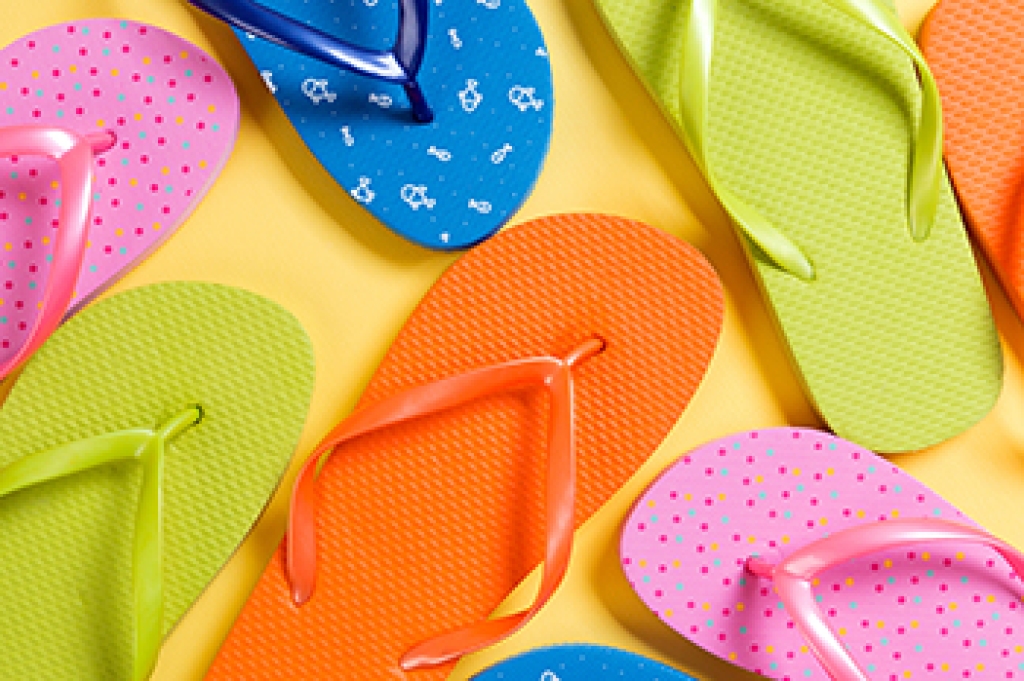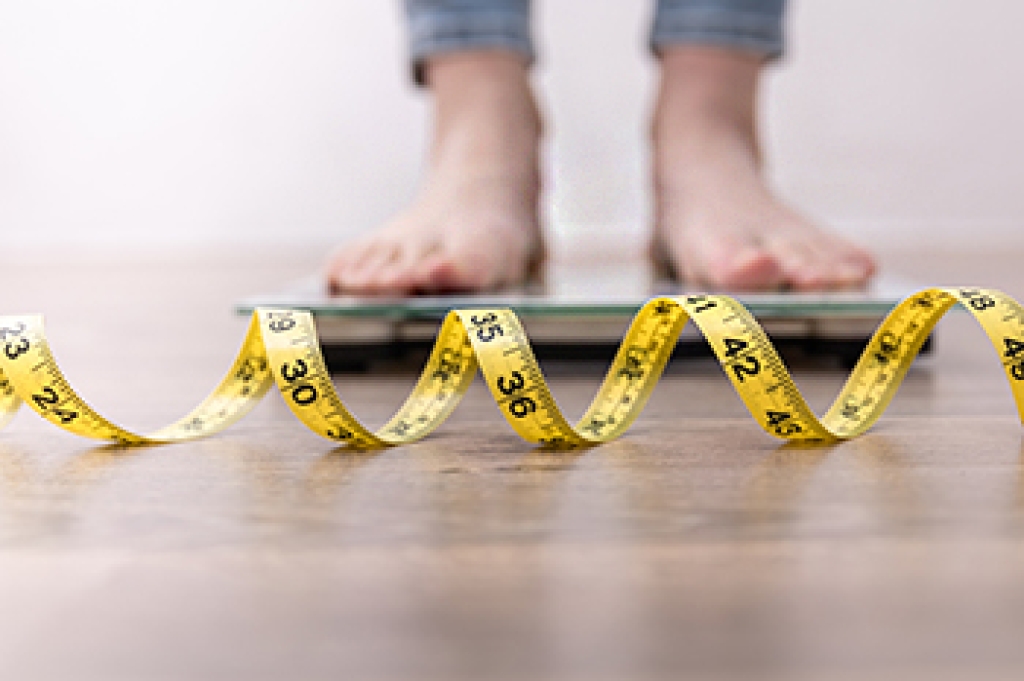 Whether you are an experienced runner or just beginning your running journey, the importance of finding the right running shoes cannot be overstated. The right footwear can often mean the difference between smooth, comfortable runs and discomfort, foot pain, and injury. Factors that you should consider when looking for running shoes include the type of running you will be doing (long-distance, sprinting, etc.), the type of terrain you will be running on, and your individual foot needs. It is best to go shoe shopping later in the day when your feet are naturally at their largest. A store associate can help you find the right size and recommend shoes that suit your needs. A chiropodist can analyze your gait, diagnose any foot problems, and suggest what types of running shoes may be best for you. For more information, please consult with a chiropodist.
Whether you are an experienced runner or just beginning your running journey, the importance of finding the right running shoes cannot be overstated. The right footwear can often mean the difference between smooth, comfortable runs and discomfort, foot pain, and injury. Factors that you should consider when looking for running shoes include the type of running you will be doing (long-distance, sprinting, etc.), the type of terrain you will be running on, and your individual foot needs. It is best to go shoe shopping later in the day when your feet are naturally at their largest. A store associate can help you find the right size and recommend shoes that suit your needs. A chiropodist can analyze your gait, diagnose any foot problems, and suggest what types of running shoes may be best for you. For more information, please consult with a chiropodist.
The right running shoes can sometimes be difficult to find. With so many options on the market, it’s important to know the unique needs of your feet prior to buying running shoes. If you require assistance, please consult with Emily Yu, B.Sc from Uptown Foot Care Clinic. Our specialist can help you maintain the health of your lower limbs and your mobility.
When looking for running shoes, take into consideration:
- The type of running you will be doing
- The terrain you plan to run on
- Your gait or running pattern
- Your arch type
- Other unique foot needs
A chiropodist can help by examining your feet and your gait to determine what types of shoes may be best for you. Some runners may require motion control shoes, which prevent your foot from rolling too far inward while you run. Others may need stability shoes, which offer more balance, cushioning, and support. When shopping for shoes, make sure that they are the right size, fit comfortably, and are made of breathable materials.
If you have any questions please feel free to contact our office located in Toronto, ON .
 Corns
Corns Flip-flops
Flip-flops Obesity
Obesity
